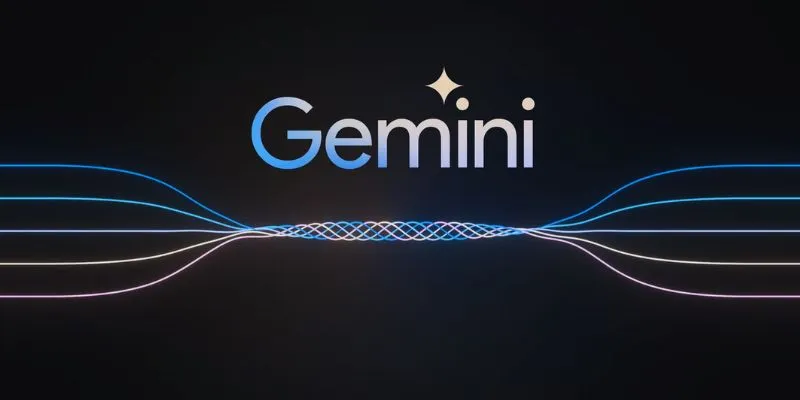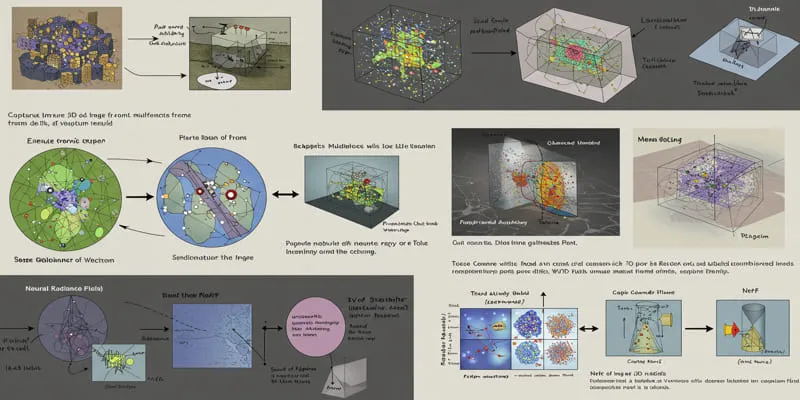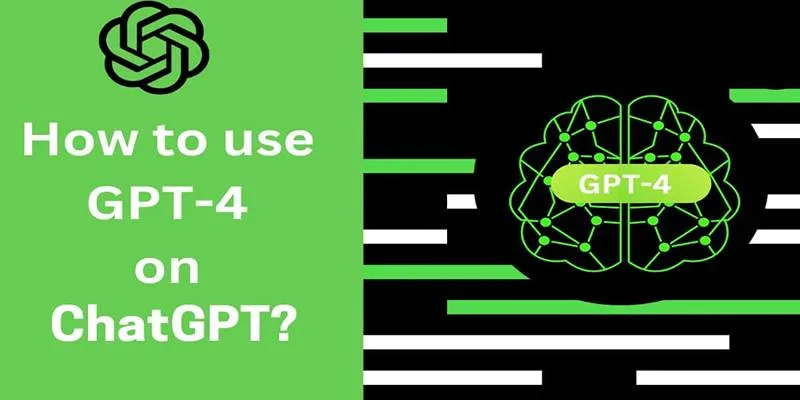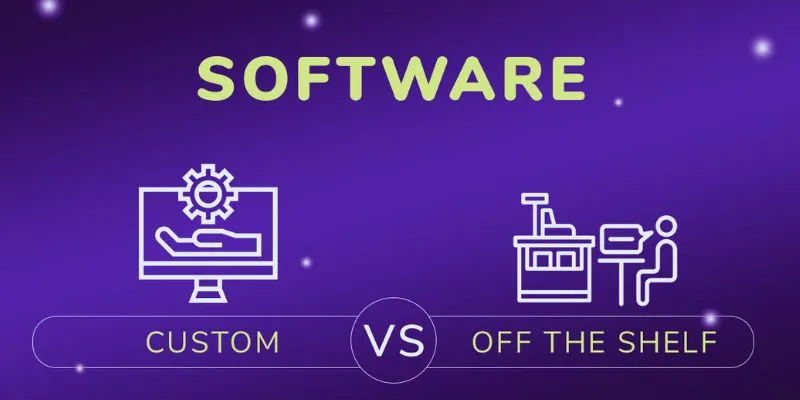Google has long been at the forefront of artificial intelligence, investing heavily in technologies like machine learning, natural language processing, and neural networks. As AI becomes central in shaping the future of digital interaction, Google is pushing forward with one of its most ambitious initiatives to date: Project Gemini.
Developed by Google DeepMind —a fusion of Google Brain and DeepMind—Gemini is a multimodal large language model designed to understand and generate content across various formats, including text, audio, code, and images. Unlike earlier models that focus solely on language, Gemini is being crafted as a versatile, foundational AI system capable of powering a wide range of applications, from conversational tools to advanced reasoning engines.
Still in development, Gemini has already garnered attention as a potential competitor to OpenAI’s ChatGPT. This post delves into the key areas Google is actively developing within Project Gemini, highlighting the technical priorities and innovations currently shaping the model.
What Is Gemini Currently Working On?
As of now, Gemini is in active development and internal testing. Google DeepMind is focusing on several key areas essential to building and refining the model. These areas span technical capabilities, ethical implementation, and strategic deployment across the Google ecosystem.
1. Multimodal Training
A significant part of Gemini’s development involves training the model on multimodal datasets. It means the AI is being exposed to and trained on extensive volumes of content that span various formats—such as annotated text and image pairs, audio-visual transcripts, and real-world structured datasets.
The aim is to ensure the model understands how different types of information relate to each other and can translate that understanding into accurate, meaningful outputs. This training method enables Gemini to move beyond simple language tasks and address more complex use cases involving visual data, voice inputs, or even interactive environments.
2. Scalable Reasoning
Gemini is also being built with the capacity to perform complex reasoning tasks , including problem-solving, logical deduction, and goal-based planning. Developers are integrating advanced algorithms that allow the model to simulate decision paths and reflect on outcomes before generating answers.
This approach draws heavily from DeepMind’s prior work on reinforcement learning. Just as AlphaGo learned strategies to win board games, Gemini is being taught how to reason through multi-step problems, explore multiple scenarios, and refine its responses based on long-term context rather than just isolated prompts.
3. Integration With Google Services
Another focus is the integration of Gemini into Google’s suite of products, especially for enterprise users. Google Docs, Slides, Gmail, and even Google Meet are expected to feature Gemini-powered enhancements—such as auto- summarization, data-driven document creation, interactive visuals, and more intelligent suggestions.
By embedding Gemini into daily tools, Google aims to redefine how individuals and teams work with information. The goal is not just convenience but transformation—turning static applications into dynamic, context-aware systems powered by AI.
4. Safety, Ethics, and Alignment

Given the power and potential influence of such a model, AI safety and alignment remain a high priority. Google is conducting rigorous evaluations to ensure Gemini operates within ethical frameworks and avoids generating harmful, biased, or misleading content.
Internal teams are also developing guardrails and moderation layers that will act as filters or controls on Gemini’s outputs, especially in sensitive contexts like health, finance, or law. These safety mechanisms are crucial to gaining public trust and meeting regulatory expectations in different regions.
5. Continual Learning and Model Adaptability
Another major area of work is ensuring that Gemini doesn’t remain static after deployment. Google is designing the system to support continual learning, allowing the model to refine its knowledge and improve over time through safe, guided updates.
This capability ensures that Gemini can evolve with changing user needs, real- world developments, and emerging data trends. Rather than relying solely on fixed training sets, Gemini will be capable of adapting its responses based on newer information while maintaining a stable and safe foundation.
6. Developer Tools and API Ecosystem
To expand Gemini’s utility beyond Google’s internal tools, the company is also building a framework of developer tools and APIs. These resources are being created to help third-party developers integrate Gemini into their platforms, apps, or services.
By offering access through Google Cloud, Gemini is being positioned not just as a standalone AI tool but as a service-oriented platform. It enables startups, research institutions, and businesses to leverage their capabilities without needing to build their large-scale models.
7. Internationalization and Multilingual Support
A further priority in Gemini’s development is ensuring broad language coverage and cultural adaptability. Unlike many language models that struggle with non- English inputs, Gemini is being trained on multilingual and regionally diverse datasets to provide high-quality responses across a wide range of languages.
This effort is particularly important for Google’s global user base. It ensures that Gemini is not only effective in Western markets but also useful and culturally appropriate in Asia, Africa, Latin America, and beyond.
8. Energy Efficiency and Scalable Deployment
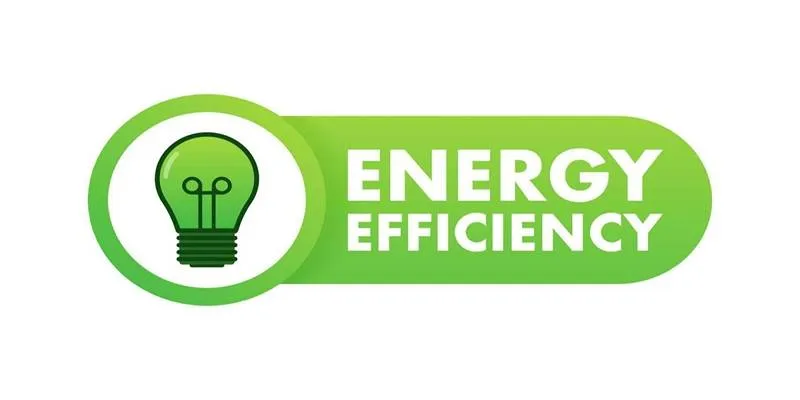
Another key area of development for Gemini is energy efficiency and infrastructure optimization. As large language models grow more complex, the demand for computing power increases significantly. Google is working on making Gemini more efficient in terms of resource usage—both during training and inference—to reduce environmental impact and enable broader deployment.
It includes optimizing model architecture for better performance per watt, leveraging advanced hardware accelerators like TPUs, and designing deployment strategies that scale efficiently across cloud and edge environments.
Conclusion
Project Gemini represents Google’s bold step toward redefining the role of AI in modern technology. By focusing on multimodal learning, advanced reasoning, and seamless integration into everyday tools, Gemini is being built as a foundational model for the future. Its ongoing development reflects Google’s commitment to responsible innovation, scalability, and real-world utility.
As the project moves closer to deployment, its impact is expected to extend across industries and global users alike. Gemini’s success could mark a pivotal shift in how AI systems are designed, trained, and applied.
 zfn9
zfn9




